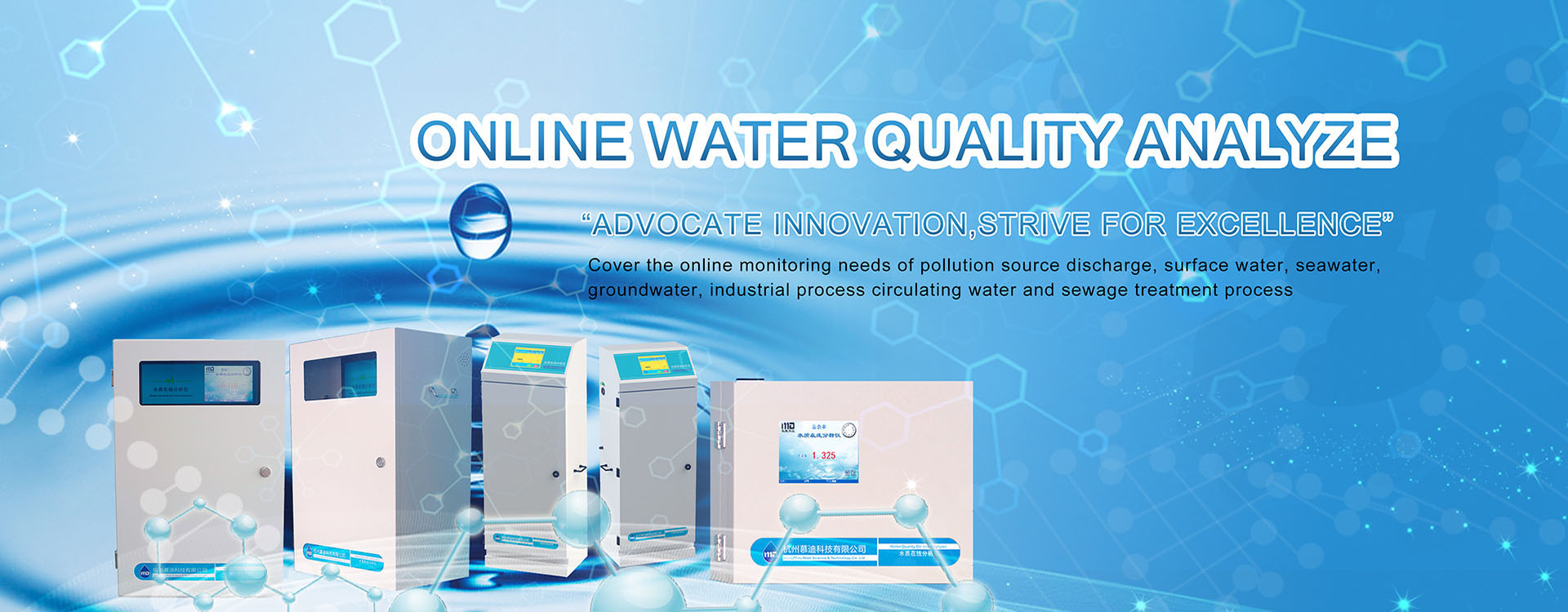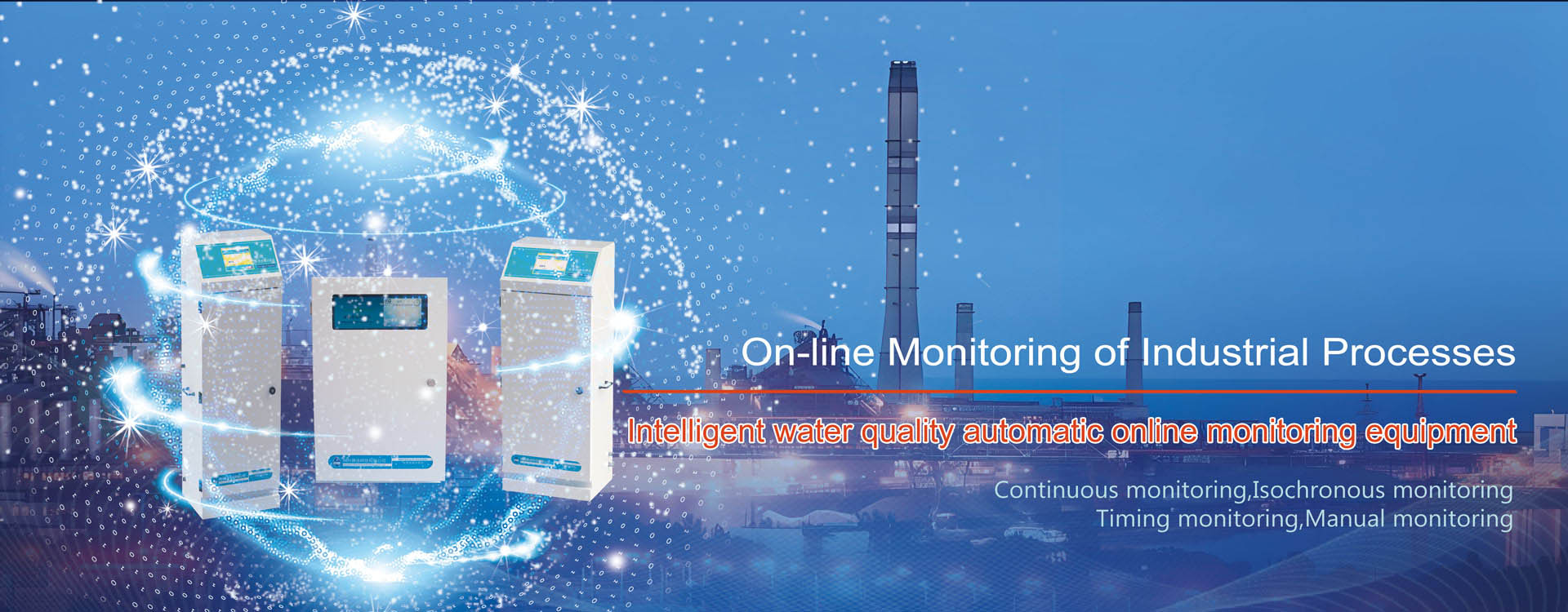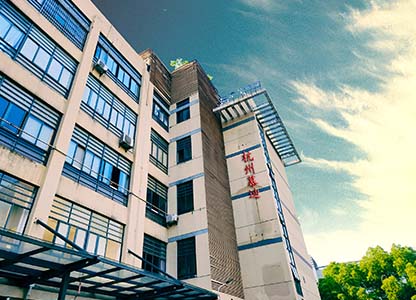We know that the purpose of installing a water quality monitor in the sewage discharge outlet is to detect whether the relevant indicators in the water exceed the standard, but is the instantaneous monitoring of the standard excessive discharge? This issue is quite controversial in some cases! This chapter water quality online monitoring instrument manufacturers to understand together with you some of the disputes said online.
It is believed that the instant is also excessive discharge, the Environmental Affairs Office political and legal letter [2017] No. 1624 reply clearly stipulates: the sewage treatment plant “on-site instant sampling” is a one-time sampling, according to the provisions of China’s Environmental Protection Administration announcement No. 16 in 2007, it can be determined that the instant exceeding is also considered excessive discharge.
However, some people think that this is unreasonable, according to the provisions of the “Urban sewage treatment plant pollutant discharge Standard” 4.1.4.2, whether the water pollutants in the sewage treatment plant exceed the standard is to be identified in the 24-hour daily average, and cannot be identified as exceeding the standard.What is the reason?
The Environmental Affairs Office’s legal letter [2017] No. 1624 misinterpreted the content of the State Environmental Protection Administration’s announcement No. 16, 2007
Reply letter [2017] No. 1624 of the Environmental Affairs Office believes that on-site instant sampling can be used as the basis of evidence to determine whether the standard is exceeded, mainly stipulated in the announcement of the State Environmental Protection Administration No. 16 in 2007, the discharge method and emission limit value of pollutants stipulated in the emission standard are the technical basis for determining whether the discharge behavior is exceeded, at any time and under any circumstances. No pollutant discharging unit shall violate the relevant provisions of the discharge standards.
However, in the emission standards, in addition to the provisions of emission methods and emission limits, there are also provisions for sampling and monitoring. In the sampling and monitoring part of Pollutant Discharge Standards for Urban sewage Treatment plants, the sampling site, sampling frequency and monitoring method of sewage treatment plants are specified.
The Pollutant Discharge Standards for Urban Sewage Treatment Plants 4.1.4.2 clearly stipulates that the sampling frequency is at least once every 2 hours, and the 24-hour mixed sample is taken as the daily average.
According to the content stipulated in the above standards, to determine that the sewage treatment plant exceeds the standard discharge, water samples should be taken at least once every 2 hours, and at least 12 water samples should be mixed in 24 hours to make water samples to be tested. Only when the mixed water sample exceeds the standard can it be determined that the sewage treatment plant has the behavior of exceeding the standard in the Water Pollution Prevention and Control Law.
Reply to the Environmental Affairs Office’s Legal Letter [2017] No. 1624 only focuses on the provisions on emission methods and emission limits, while ignoring the provisions on sampling and monitoring, which is out of context and distorts the content of relevant provisions.
Whether the instantaneous exceedance is excessive emission depends on the provisions of the industry emission standards
In the selection rules of pollutant discharge standards, industry standards are better than comprehensive standards. That is, when there is an industry standard, the industry standard needs to be applied first.
In all kinds of industry standards, such as the technical specifications recognized “instant one-time sampling”, that is, instantaneous exceeding, will be added at the end of the standard: Environmental protection departments at all levels in the supervision inspection of enterprises, can be on-site real-time sampling or monitoring results, as a basis for determining whether the emission behavior meets the emission standards and the implementation of relevant environmental protection management measures.
The “Urban sewage Treatment plant pollutant discharge standards” does not recognize the legality of “instant one-time sampling”, that is, instantaneous exceedance is not applicable in the discharge of sewage treatment plants.
The recognition of instantaneous exceedance is not in line with the reality of sewage treatment plants
The inlet water quality of sewage treatment plant directly affects the effluent water quality. Because of the complexity and uncontrollability of the inlet water quality, it is impossible to require the sewage treatment plant to adjust the process at any time with the change of the inlet water quality. At the same time, the changes in the water quality of the intake also need time to reflect to the debugger.
In summary, the monitoring results of instant one-time sampling can not be used as a basis for determining excessive discharge of sewage treatment plants; Instantaneous exceeding the standard is not “exceeding the standard discharge” in the sense of the Water Pollution Prevention and Control Law.




